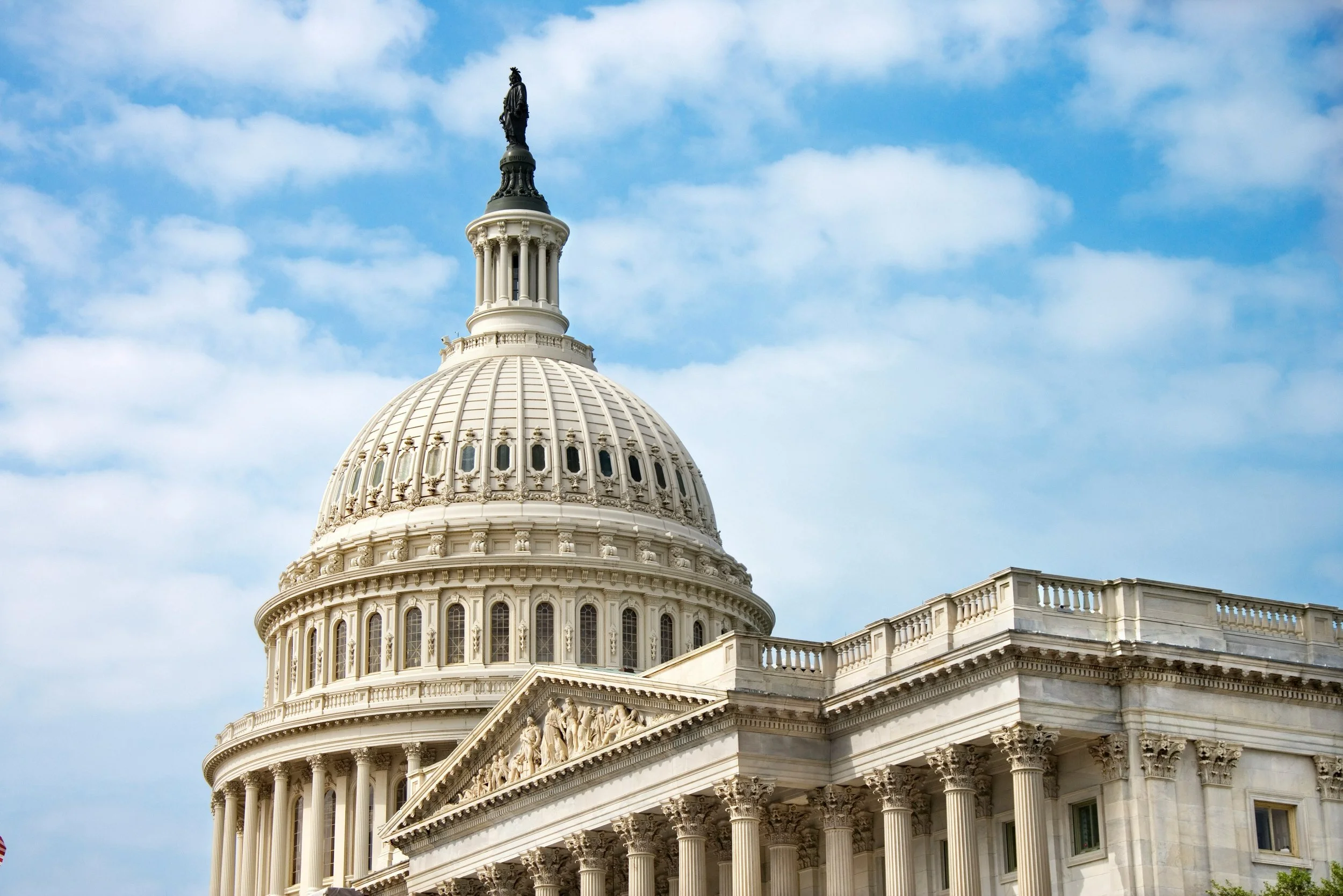Breaking Through the Noise of Election Season
Election season is once again in full swing, presenting one of the toughest times to break through and deliver an effective message.
Across the country and across demographics, each election season when Americans turn on their TV or check their phone, they are bombarded with political ads about the upcoming election.
Campaigns are starting earlier each election cycle. We witnessed the earliest general election debate in history – the fallout of which attracted quite a high level of media scrutiny and weeks later President Biden announced he was leaving the race. Just a few short weeks ago, the Republican National Convention was live in Milwaukee, just days after President Trump survived an attempt on his life at a campaign rally.
And in just a few weeks, the Democratic National Committee will be holding their convention in Chicago with their new presidential nominee Kamala Harris. In the meantime, her campaign is hustling to pull together her own advertising to define her new candidacy on her own terms and not the terms of her opponent, President Trump.
It’s fair to say that there is no shortage of storylines surrounding American politics currently, and with each passing day more people are paying closer attention to everything going on.
Communications professionals certainly have their work cut out for them. When done right, election season can also be one of the most rewarding and opportune times to influence your audience and drive lasting positive outcomes.
So how do you break through the noise and clutter to amplify your organization’s message?
Consider each of the following when answering that question to build the most effective communications strategy during election season.
Consider Budget – It is imperative that you address your resources before setting the strategy and tactics. Election season is one of the most expensive periods due to inventory demand. Still, it’s possible to wage cost-efficient campaigns that influence outcomes by carefully defining audiences and leveraging the best targeting and technology accordingly. When you set your budget, you will want to optimize your media mix to ensure messages reach defined target audiences across the right mix of broadcast, cable, connected television (CTV), social, and digital platforms.
Check Compliance – Federal, state, and many municipal election regulations restrict various types of communications and require additional levels of disclosure and compliance leading up to an election. Before setting the strategy to call attention to your issue, it is important to understand and plan for the limitations and requirements for paid communications during this unique time period.
Timing is key – You must be certain election season is the right time to communicate about your issue. If it doesn’t lend to your strategy, you will be swimming against the current. Election season is expensive, inventory is in high demand, and you will be competing with candidates, Political Action Committees, and other third-party groups for reach.
Post Labor Day, in the run up to Election Day in November, the TV and digital airwaves are saturated with political ads aimed at persuading voters to support candidates and political causes. It is essential you don’t get lost in the myriad of these political messages.
If you are certain this is the right time for your organization to act, then build a communications framework around the timeline of events leading up to the election.
Messaging around inflection points is key. You will want to take full advantage of as many of these as you can. Certain inflection points such as debates, conventions, or campaign stops can be opportunities to connect with audiences that might be tuned out.
Many news publications also have “blackout” periods when they will not accept op-eds, place restrictions on policy opinion contributors, and even limit certain types of paid advertising in the lead up to the election. It’s important to be aware of these and ensure maximum amplification of message delivery to the right target audience at the right time.
Messages and messengers matter – Audiences can become skeptical of political and policy messages when inundated with campaign ads. Carefully choose the right voice to deliver the message. Who would you trust more? First person testimonials are going to play better than another politically charged ad that is indistinguishable from another. Make sure to consider additional validators who have credibility with the target audience or policy area expertise. Whether it’s an issue expert, policy organization, or local opinion leader, deploying the right messenger can mean the difference between winning and losing a communications campaign.
Choose the Right Medium – In 2024, media coverage is multichannel, viewer attention is broken, and consumption is fragmented. Social media platforms, connected television, and streaming services continue to grow in share exponentially. Gone are the days when most voters looked to their local editorial page for cues prior to an election. Broadcast presence remains important but, in a tech-obsessed society don’t forget to include digital is increasingly vital in your advertising strategy. It’s important to understand which platform is best to reach your desired demographic, and which platforms offer a complimentary approach with both paid and organic content.
On the social front, Facebook is largely viewed as your best bet to get everyday voters and advocates to engage. If the ultimate goal is to get your message in front of key policymakers and staff, X (formerly known as Twitter) would be a better tool.
LinkedIn can lend itself for getting a desired message in front of key executives and industry professionals. Of note, on LinkedIn, you cannot advertise on expressly political topics. And remember, adapt your content to be platform specific! Your voice will likely fall flat as the audiences can differ greatly. Note that for some social platforms, you will need to go through verification and certification before you are able to launch an advertising campaign. On Facebook, there are blackout periods ahead of Election Day so plan ahead and get your ads up early.
In conclusion, communicating during an election season is difficult but not impossible. With each passing election cycle, the need to begin earlier certainly increases but the ability to be nimble across messengers and platforms opens up a whole other set of possibilities. Election season communication requires a well thought out strategy, a constant review of tactics in real time for what is working, and a multi-channel approach across platforms.
It’s critical to understand where your intended target audience consumes information and reach them there, whether it’s on social media or more traditional earned media.






